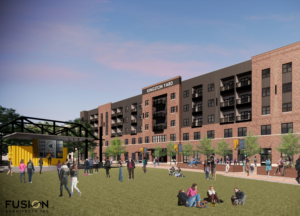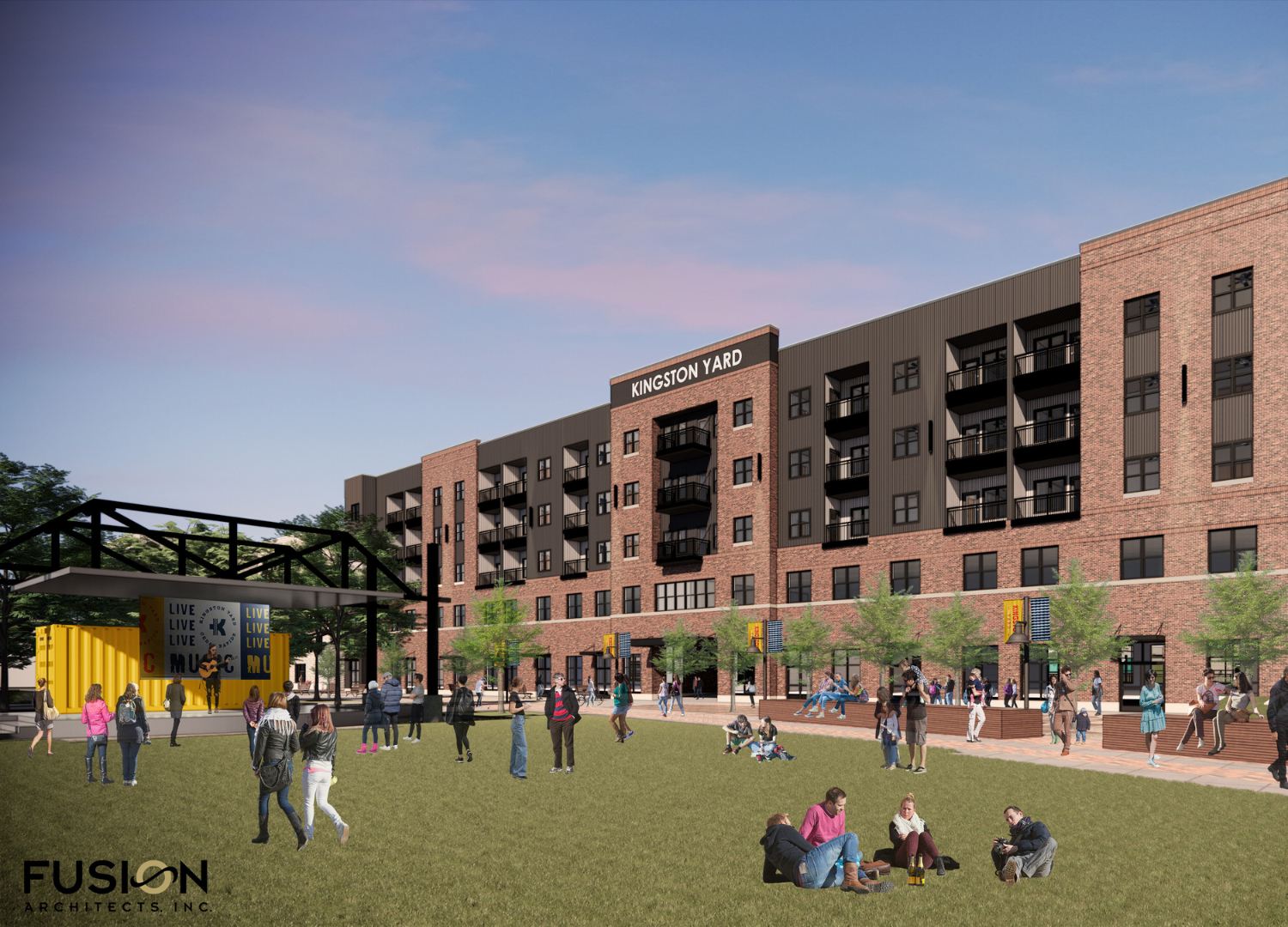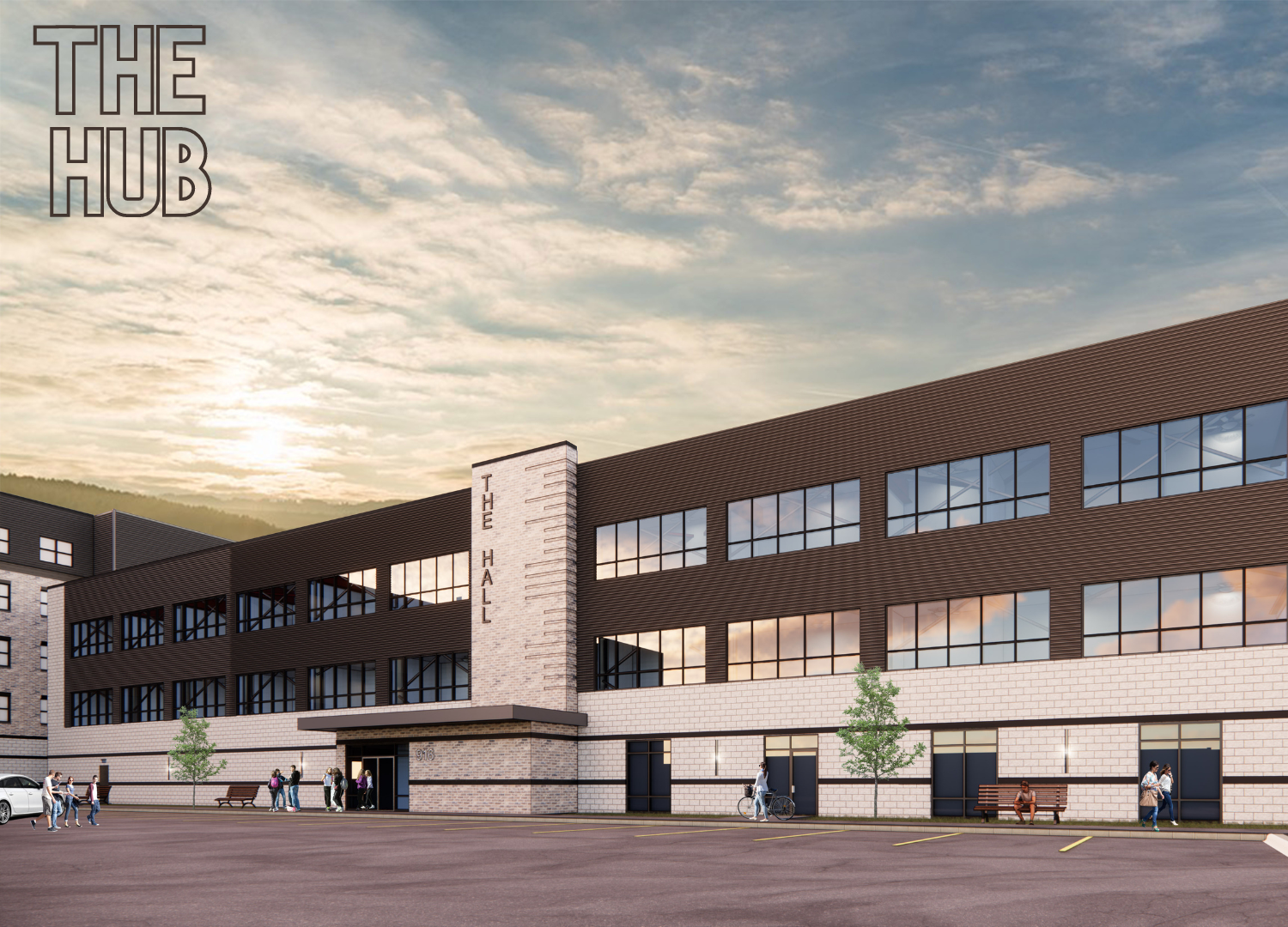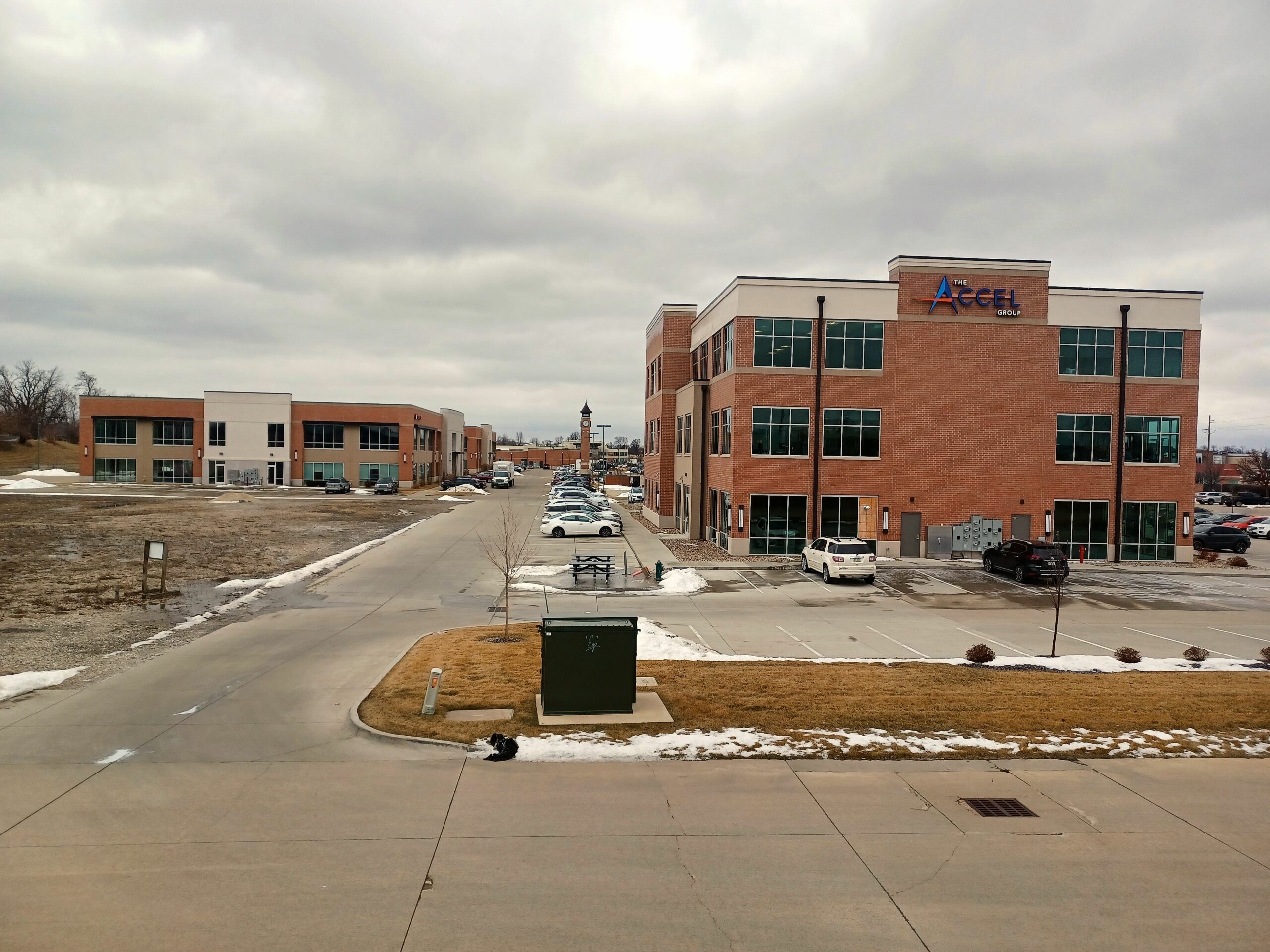Top Considerations for
Commercial Build-Outs
Building out an office space offers the best of both worlds – the ability to customize a space to fit your business’s specific needs without having to purchase or construct a whole building. But build-outs also come with their own set of issues. Before you start a commercial build-out, consider how these factors might impact your project.
1) Turnkey vs. Tenant Improvement
One crucial consideration involves who is responsible for building out the space. In a turnkey buildout, the soon-to-be tenant brings the landlord a design plan during lease negotiations and the two parties go back and forth until they end up with a mutually acceptable build-out plan. Turnkey plans usually include things like interior walls, light fixtures, electrical outlets, phone jacks and other infrastructure requests. True to the name, the tenant must only “turn the key” and walk into a fully finished space on move-in day, as the landlord is responsible for the costs and the process. However, because the landlord must shoulder the entire cost, they are inherently incentivized to cut corners and complete the space as cheaply as possible, which could mean lower-quality materials or the cheapest contractor instead of the best one.
By comparison, tenant improvement build-outs are steered by the tenant, who can choose their own professionals and materials as long as they meet a budget arrived at during lease negotiations. Both parties agree on a dollar amount per square foot that the tenant can spend, so it’s advantageous for tenants to come into negotiations with an accurate cost projection for the improvements they plan to make.
2) Costs
The cost of a build-out varies quite a bit in different markets for a number of reasons. Building age and condition has a considerable impact on the price of the space – new buildings with untouched spaces will bring a higher price than an older building with ceilings, finishes or other components that the tenant may choose to reuse. The building type plays a role, as specialty spaces like medical or dental offices or laboratories fetch a much higher premium than generic office space. Places like law offices that require expensive finishes and furnishings will also pay more than businesses that can use standard paint, carpet, lighting and other typical office finishes.
3) Utilities and Building Improvements
Does each tenant pay for their own utilities, or are they part of the lease? By the same token, who pays for whole-building improvements like energy efficiency retrofits? Tenants who don’t pay for their own power may not want to share costs for energy efficiency projects, but landlords aren’t likely to invest in whole-building improvements if tenants are the ones reaping all the benefits on their electric bills. Before you agree on a space, make sure your lease is crystal-clear about how utility costs and improvement projects are handled.
4) Hiring the Right Team
If you’re receiving a tenant improvement allowance and are able to choose your own professionals, make sure you go with a contractor who can ensure you’ll be able to stick to your move-in and move-out dates. There is likely a firm day that you need to be out of your previous building, and if your contractor hasn’t finished your space, you may find yourself being forced to choose between renting temporary space at a premium, paying for a holdover period in your old space or moving into an office that’s half-finished and still under construction. Get the ball rolling early with design and seeking bids so that your contractor is able to start right as soon as possible. Sometimes project delays are out of your and your contractor’s control, but if nothing else, starting early and partnering with a team you trust ensures that these delays will have minimal impact on your final costs and moving schedule.










